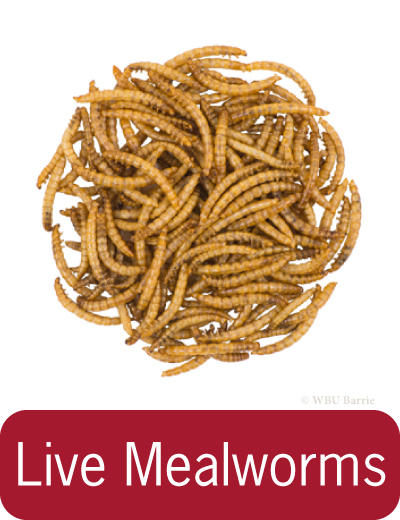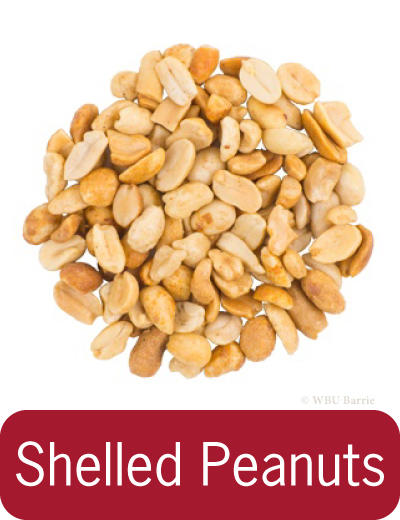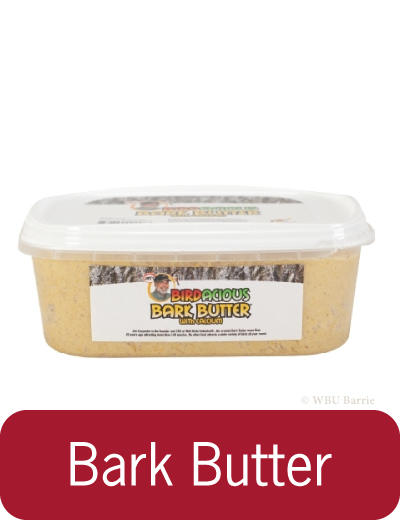Attracting Other Woodpeckers to Your Backyard
 Red-headed Woodpecker: Medium-sized woodpeckers with large, rounded heads and dark, thick bills. Adults are easily identifiable by their bright red heads, while immature individuals have grey-brown heads that transition to red as they mature. Underparts are white, and backs are black with large white patches on the wings.
Red-headed Woodpecker: Medium-sized woodpeckers with large, rounded heads and dark, thick bills. Adults are easily identifiable by their bright red heads, while immature individuals have grey-brown heads that transition to red as they mature. Underparts are white, and backs are black with large white patches on the wings.
 Northern Flicker: Large woodpeckers with a black bib and spotted belly. Males in the East have a red nape, a black whisker, and yellow shafts on the flights and tail feathers. The females lack the distinctive black moustache mark of the males.
Northern Flicker: Large woodpeckers with a black bib and spotted belly. Males in the East have a red nape, a black whisker, and yellow shafts on the flights and tail feathers. The females lack the distinctive black moustache mark of the males.
 Yellow-bellied Sapsucker: Large woodpeckers with a stout bill and vertical white wing patches. Males have a red crown and throat, whereas females have a red crown and a white throat.
Yellow-bellied Sapsucker: Large woodpeckers with a stout bill and vertical white wing patches. Males have a red crown and throat, whereas females have a red crown and a white throat.
Do They Migrate?
It varies, but all three of these woodpeckers will depart the northern part of their breeding range for warmer climates—typically, the southern United States, Mexico, and in some cases even further south.
Foods
Much like other woodpeckers, these ones primarily eat insects with the exception of the Yellow-bellied Sapsucker which, as its name would suggest, rely mostly on the sap of trees. If you’re interested in attracting these species, there are several foods you can offer them including mealworms, suet, nuts, Bark Butter Bits, and Bark Butter.





Feeders




Birdbaths (Water)
Water is essential to all birds and providing a bird bath means they don’t have to travel great distances to find water. Water in a bird bath should be cleaned regularly as birds defecate, leave bits of food and feathers in the bath, not to mention leaves and other items that can end up in a bath. In the winter, heated birdbaths provide an excellent place for birds to drink. During the warmer months the WBU Water Wigglers and Solar Fountains create moving water in your birdbath, making the bath even more attractive to birds. WBU Barrie carries a variety of plastic, metal and clay birdbaths and accessories, as well as heated birdbaths for the colder months. Visit our page on birdbaths for a selection of styles as well as accessories like brushes, solar fountains, water wigglers and Fountain Fresh Water Clarifier.
Fun Facts
-
Considering the pounding it takes, why doesn’t a woodpecker’s bill wear down to a ragged nub? Wear down it does, but special cells on the end of the bill are constantly replacing the lost material. This keeps the chisel-pointed bill strong and resilient, while actually allowing it to be sharpened with every blow.
-
Northern Flickers spend about 75% of their time foraging on the ground in search of ants.
-
Sapsuckers can drill as many as 50 holes per hour into trees. After these holes fill up with sap, the sapsucker returns and soaks up the sap with its brushy-tipped tongue. They also feed on the many insects that are attracted to the sweet sap.
-
Woodpeckers have a better sense of smell than most birds and may be able to detect the strong odor of the formic acid that ants, bark beetles and termites excrete (smells like Sweet Tarts).
Learn More
Visit the pages below to learn even more about these wonderful woodpeckers:
- Lab of Ornithology at Cornell - All About Birds - Red-headed Woodpecker
- Lab of Ornithology at Cornell - All About Birds - Northern Flicker
- Lab of Ornithology at Cornell - All About Birds - Yellow-bellied Sapsucker

